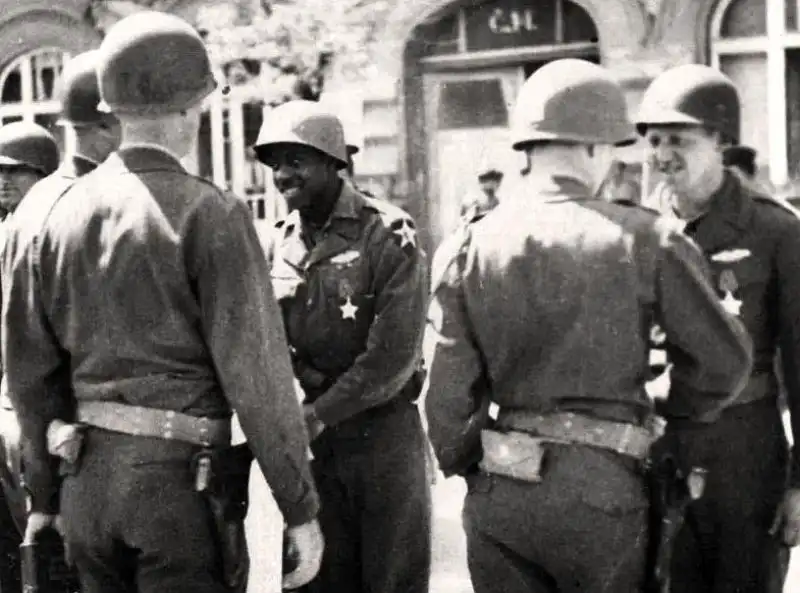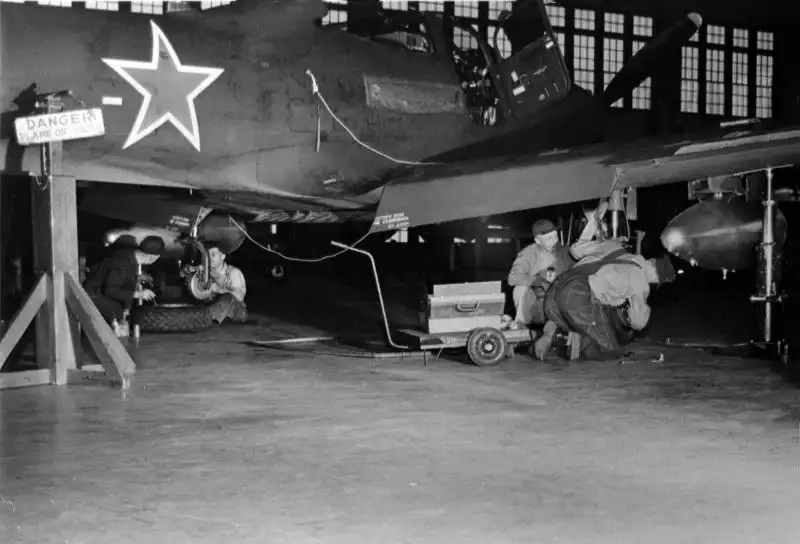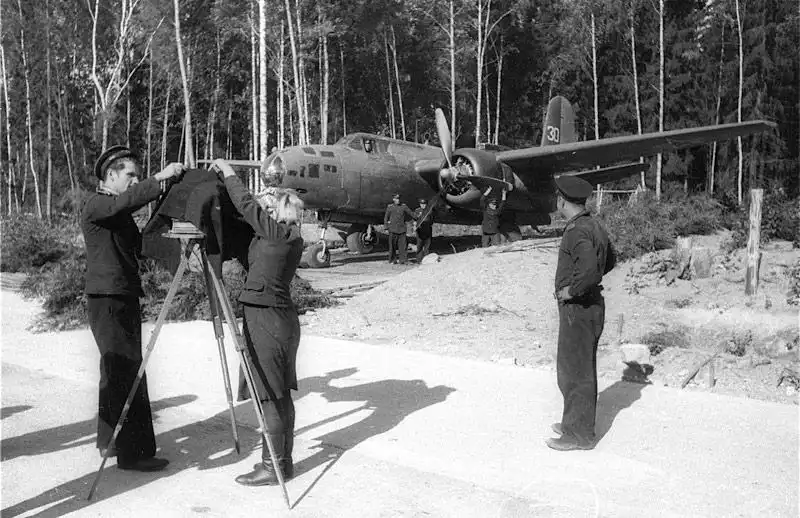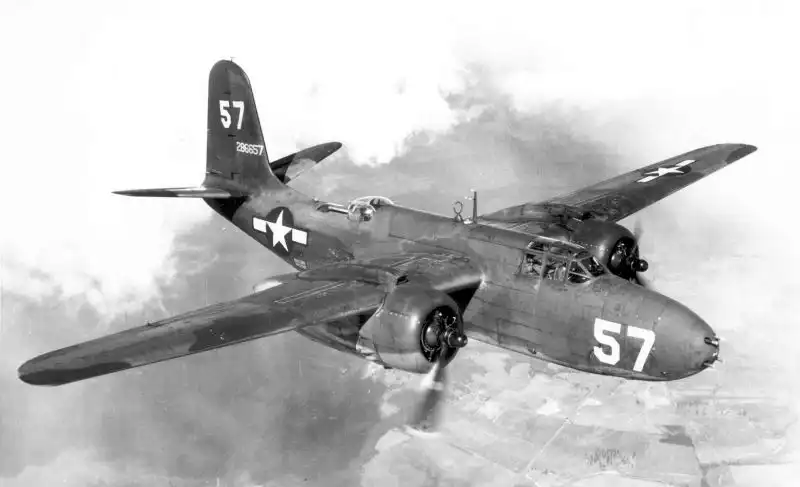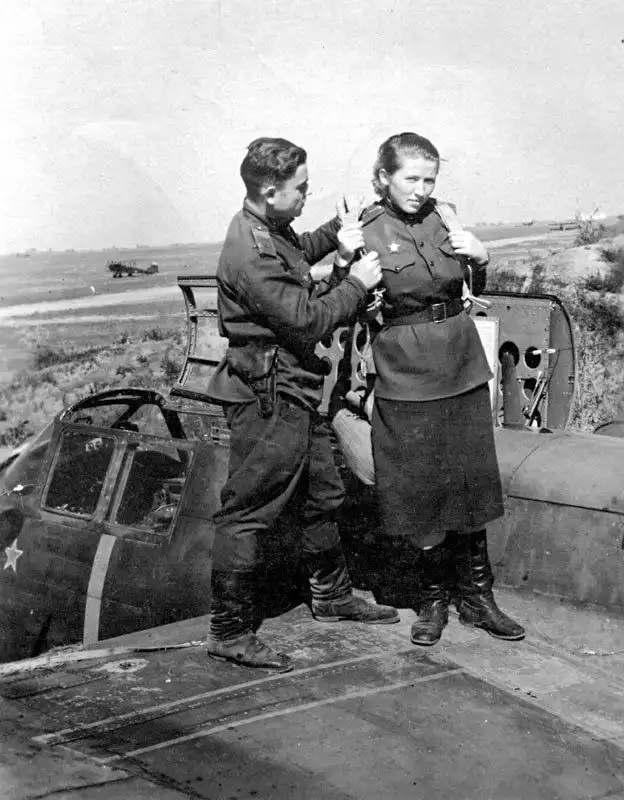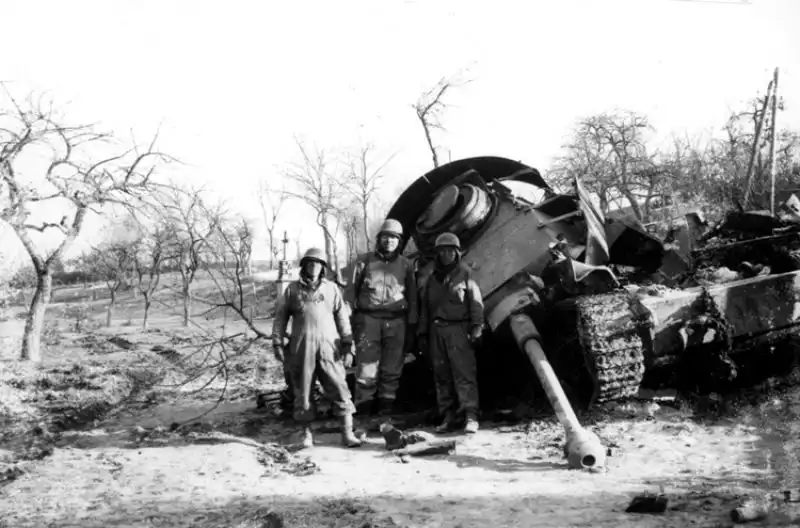American Convoy With Captured Nazi Kettenkrad in Liberated Cherbourg, 1944
June 22, 2025 - Reading time: 4 minutes
A U.S. military convoy crosses Cherbourg’s Place du Général de Gaulle in 1944. Visible on the right is a captured German NSU HK-101 Kettenkrad, pressed into Allied service.

Cherbourg, 1944. The air still smells like cordite, but the stars and stripes are already on the move.
A column of American military trucks, loaded with GIs and supplies, rolls through what was once Marshal Pétain Square — now Place du Général de Gaulle, renamed just days after liberation. It’s a triumphant procession, steel-ribbed and dust-covered, signaling that the Allies are here to stay.
But look closely to the right of the frame — and you'll spot an unexpected guest: a captured NSU HK-101, better known as the Sd.Kfz. 2 Kettenkrad.
Built by the Germans as a lightweight, high-mobility half-track for recon, cable-laying, and airborne use, the Kettenkrad looked like a motorbike and tank had a baby — and the baby inherited all the weird genes.
It ran on a 1.5-liter Opel Olympia car engine, pushed 36 hp, and weighed just 1.3 tons. The driver sat in a motorcycle-style saddle, steered with handlebars, and could tow up to 325 kg of payload at speeds approaching 70 km/h. This particular unit was likely requisitioned by U.S. Military Police for use in patrolling or utility transport. Irony, thy name is captured tech.
This photograph doesn’t just show a convoy — it captures a moment where two worlds briefly collided: the industrial might of America’s war machine rolling alongside the overengineered oddities of Nazi Germany.
📷 Technical photo data:
📸 Photographer: Unknown
📅 Date: 1944
📍 Location: Cherbourg, France
-
"American convoy Cherbourg 1944 photos"
-
"captured Nazi Kettenkrad WWII"
-
"US troops France convoy WWII photos"
Tags
Category
Search
Categories
- Unidentified WWII Photos (12)
- World War II Photos 1937 (1)
- World War II Photos 1938 (1)
- World War II Photos 1939 (3)
- World War II Photos 1940 (5)
- World War II Photos 1941 (94)
- World War II Photos 1942 (53)
- World War II Photos 1943 (48)
- World War II Photos 1944 (76)
- World War II Photos 1945 (40)
- WWII and Postwar Photos 1946 (1)
